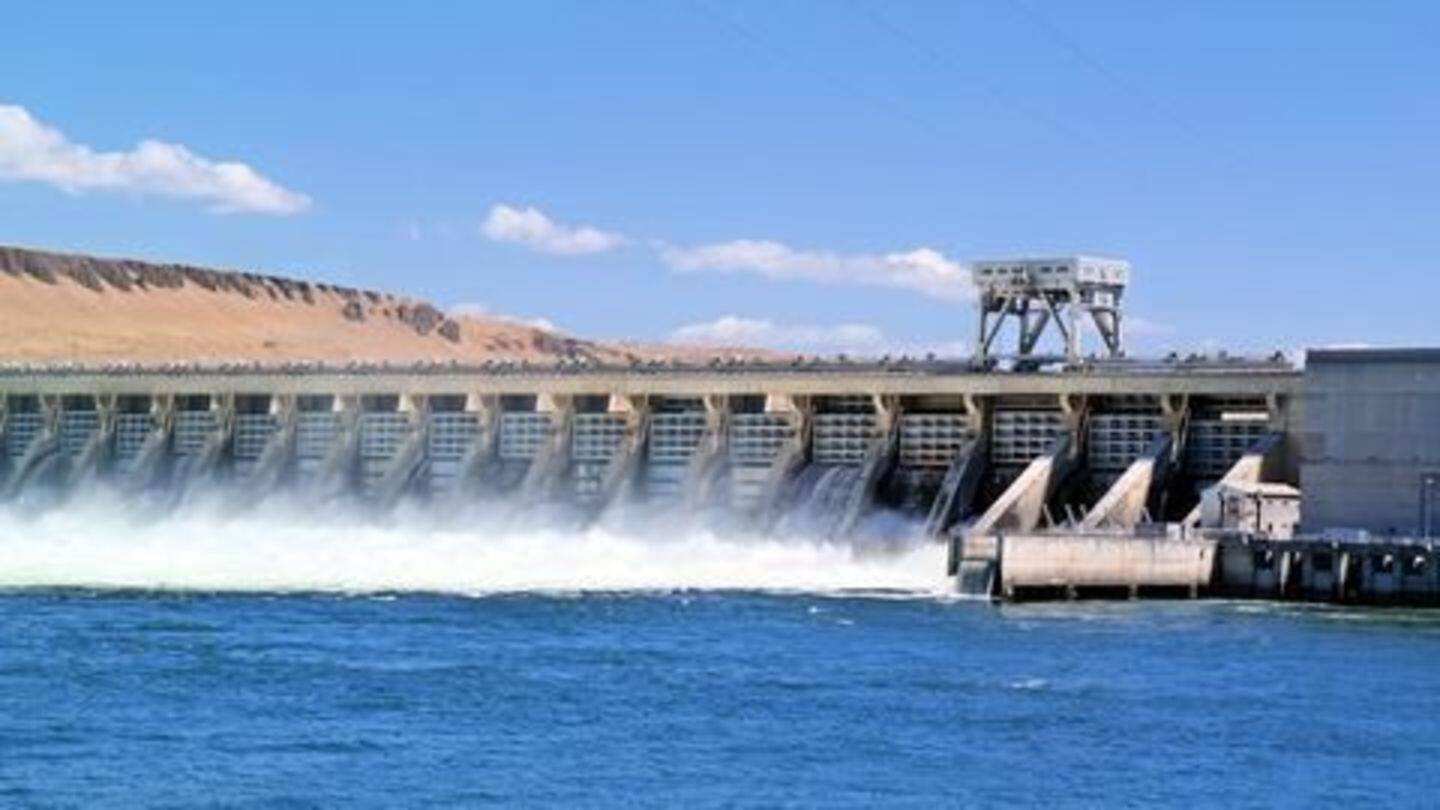
California: Crew completes emergency fixes before fresh storms
What's the story
Engineers successfully managed to conduct emergency repairs on a crumbling overflow channel of the Oroville Dam in California. However, the evacuation orders for those living downstream from the dam were still in effect. Authorities are expecting fresh storms in the region, that may increase water levels again. Authorities seek to lower the overall level of water in the lake by 50 feet.
The dam
The Oroville dam
The Oroville Dam was completed in 1968 and stands 234 meters high. It is the tallest dam in the US and is primarily used for water supply and hydroelectricity generation. It holds Lake Oroville, which is the second largest man made lake in the US. It is located in the Sierra Nevada foothills east of the Sacramento Valley.
What
What is the emergency at Oroville?
Heavy rains on 7 February led to an alarming rise in water levels at the dam. Authorities began releasing water from the dam's spillway, however a crater appeared in the main spillway, forcing authorities to use the auxiliary spillway. By 12 Feb, land under the auxiliary spillway also began to erode under the sheer force of the water, prompting fears of an imminent collapse.
Information
Balancing the main and auxillary spillways
By Feb 13, the crater in the main spillway was over 500 feet wide, and the erosion in the auxiliary spillway had almost breached its wall. Hence, authorities are balancing out the release of water from both, to ease pressure on them.
Danger
How dangerous is the situation?
Over 188,000 people live down stream from Lake Oroville's auxiliary spillway, which authorities fear could collapse at any moment. The collapse of the spillway would create a 30 foot breach in the dam, leading to an uncontrolled release of millions of gallons of water, directly on to communities downstream. Engineers fear that the auxiliary spillway's damage could also affect the main spillway.
Repairs
Throwing rocks at the problem?
Preparing for worsening weather, engineers began conducting emergency repairs. In an attempt to close up the gaps and control the erosion, authorities began dropping bags of rocks and sand on the cracks and craters. They have also shut down the hydroelectricity generators to avoid damage to the equipment. Authorities expressed hope that sand and rocks would reinforce the eroding spillway.